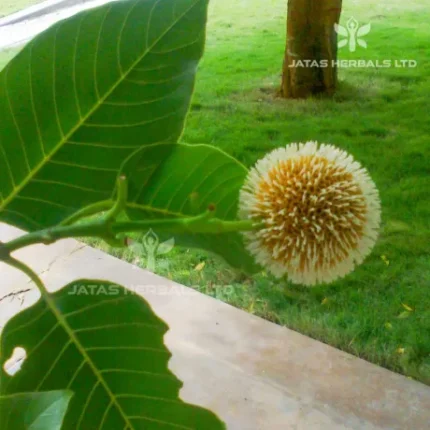Vagbhata in one context mentioned about the utility of seeds of patala (A.H. Ut. 36/66). He also quoted the second variety of Patala i.e., Krshna Patala (A.H.Ut. 5/20). Bhavamishra described two kinds of Patala viz., Rakta/Tœmrapushpa (redish flowers) and Sveta (whitish flowers). S. tetragonum DC. (S. chelonoides) C.B. and S. angusti folium are also in use in place of Patala. One of these species may be Krshna Patala.
Botanical description (S. tetragonum) – Large deciduous trees, often buttressed, up to 25 m tall; Bark fissured, dark brown; blaze cream; Branchlets terete, glabrous, lenticellate; Leaves compound, imparipinnate, opposite, decussate, to 60 cm long; rachis 6-16.5 cm long, canaliculate, glabrous; leaflets 3-5 pairs, opposite with odd terminal one; petiolule 0.8-1.5 cm long, canaliculate; lamina 5-15 x 2.5-7.5 cm, elliptic, apex caudate (acumen 1.5-4 cm long) base cuneate to asymmetric, margin entire, chartaceous, glabrous; midrib flat above; secondary nerves 8-10 pairs gradually curved; tertiary nervesweakly; percurrent; Inflorescence lax terminal panicles, flowers brownish purple, yellow within, petals wooly;
Fruit – Capsule, 4-angled, contorted, to 40 cm long; seeds many, winged.
Major Chemical Constituents – Purushothaman & Natarajan (1974) isolated lapachol from the roots of this species. Lapachol is a known elicitor of contact dermatitis (Schulz et al. 1977).






Reviews
There are no reviews yet.